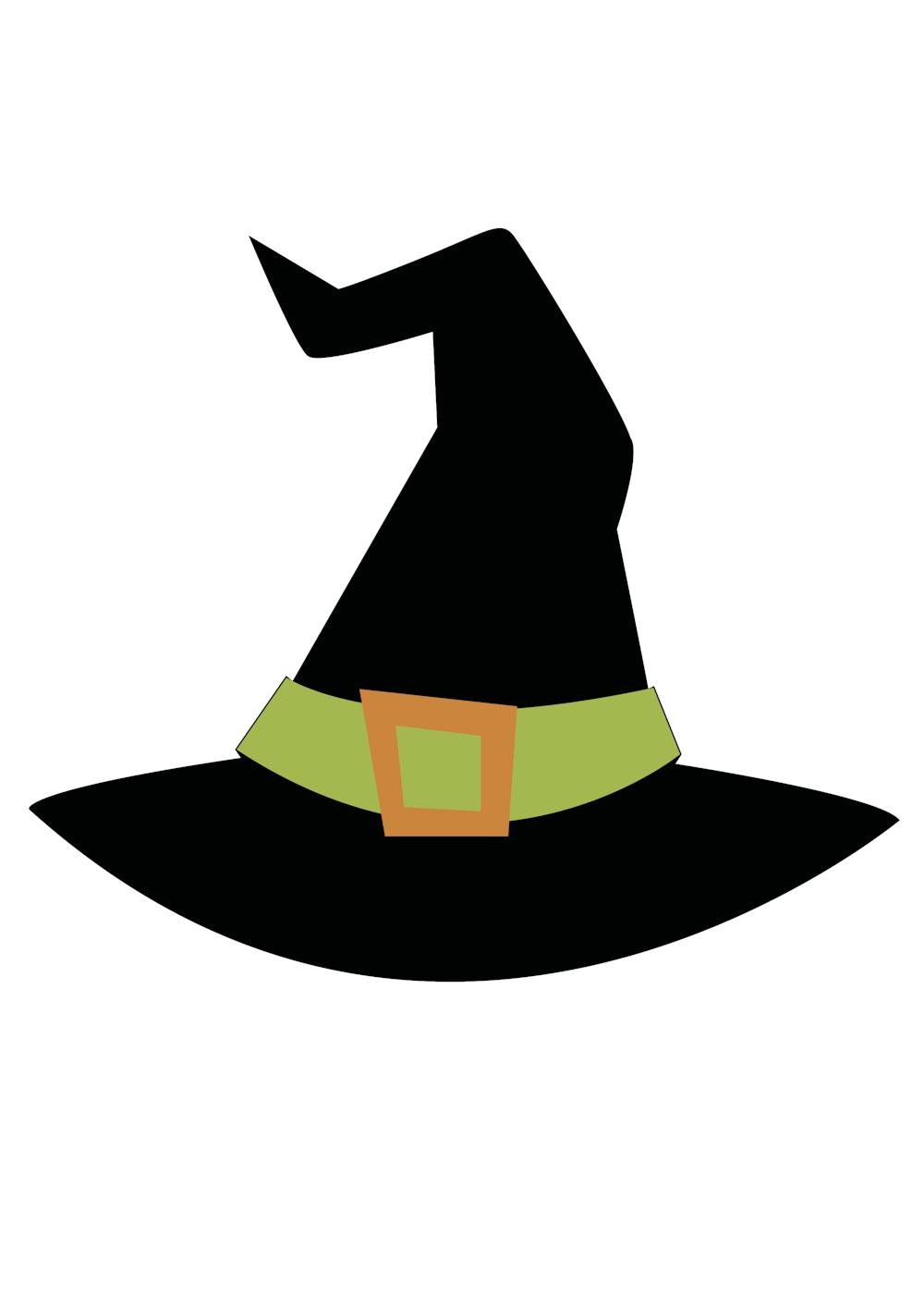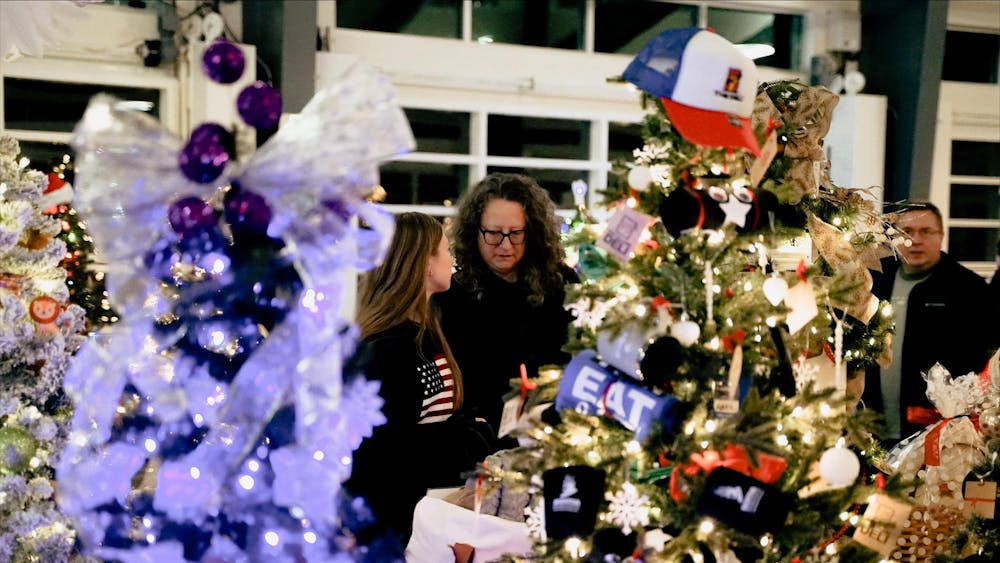Lilly Library's Curator of Puzzles Andrew Rhoda talked to the Indiana Daily Student about his unique job working with mechanical puzzles, which are those with interlocking pieces. Rhoda talked about the "Jerry Slocum Mechanical Puzzle Collection," which consists of more than 30,000 puzzles and 4,000 puzzle books that were donated by mechanical puzzle historian Jerry Slocum.
Indiana Daily Student: What do you do as a puzzle curator at the Lilly Library on Indiana University’s campus?
RHODA: I am the puzzle curator here at the Lilly Library. That means I manage our collection of mechanical puzzles. Our fall title of the collection is the "Jerry Slocum Mechanical Puzzle Collection." We have over 30,000 mechanical puzzles. In addition to working with Mr. Slocum, who is our principal puzzle donor, I also process the puzzle collection and answer reference questions regarding the puzzle collection. I’m sort of an all-around librarian for the mechanical puzzles.
IDS: How did you become the puzzle curator?
RHODA: I started here, at the Lilly, as a cataloger. I was the Auxiliary Library Facility cataloging specialist. In addition to cataloging books, that position is responsible for managing the deliveries from the ALF. My role when I started as the ALF cataloger was to work with Mr. Slocum’s book collection in addition to helping the previous curator of puzzles, Jillian Hinchliffe, in sending puzzles to the ALF and how they would best be stored. I moved up as a cataloger in the technical services department here, but I’ve always worked on Mr. Slocum’s book collection. That’s where I really learned about mechanical puzzles.
IDS: Are students allowed to handle the puzzles in the Lilly Library?
RHODA: Mechanical puzzles are really hard to understand if you see them behind glass. You can sort of understand what is going on with a mechanical puzzle if you look at it behind glass and read an exhibit label. But to really understand the idea behind a puzzle, you have to handle it. You have to play with it. You have to try to solve it. If a student, a person from the community or an outside researcher wants to look at a specific puzzle that is in our collection, then they can come in and register to our reading room. After they register, they can use any of the puzzles with the exception of the ones that are in conservation. That was very important to Mr. Slocum when looking for a place to donate his collection. He wanted it to have that hands-on aspect. He wanted people not only to have hands on puzzles to work with but wanted the majority of his collection to be usable.
IDS: Are there any mechanical puzzles that you find really interesting?
RHODA: I tend to gravitate towards interlocking solid puzzles. I think a little more spatially, and I find those more interesting. Some of them are easy, but I actually try to find ones that are a little more complex.
IDS: What would you like people to know about your job and the "Jerry Slocum Mechanical Puzzle Collection"?
RHODA: I just want people to know that the collection is available for people to come and see. Both in the Slocum Room, with our hands-on collection, and in the reading room if there’s a particular type of puzzle people are interested in seeing. The Slocum Room and the reading room are open whenever the library is open.
The Jerry Slocum Mechanical Puzzle Collection can be seen at Lilly Library's during its regular hours, which are 9 a.m. - 6 p.m.Monday through Friday and 9 a.m. - 1 p.m. Saturday.
Questions and answers have been condensed for clarity.






